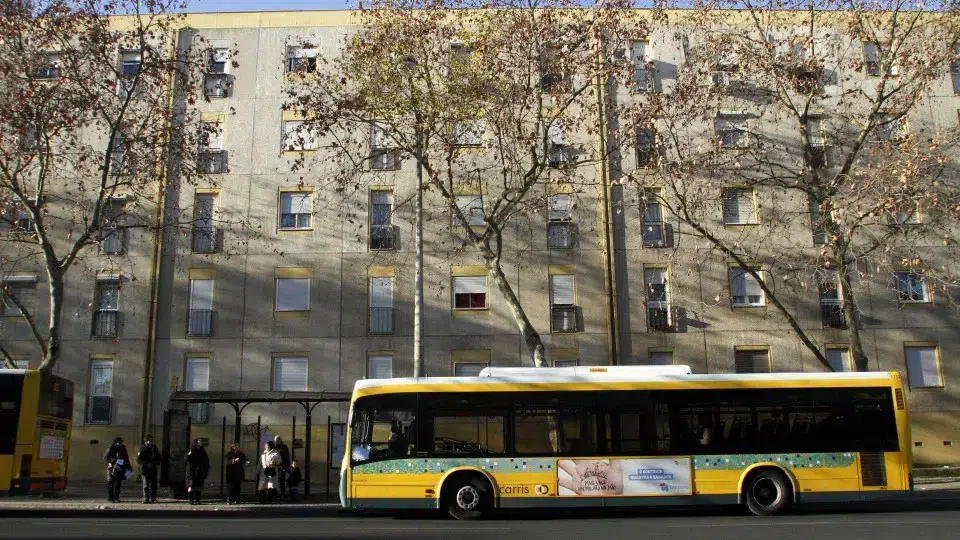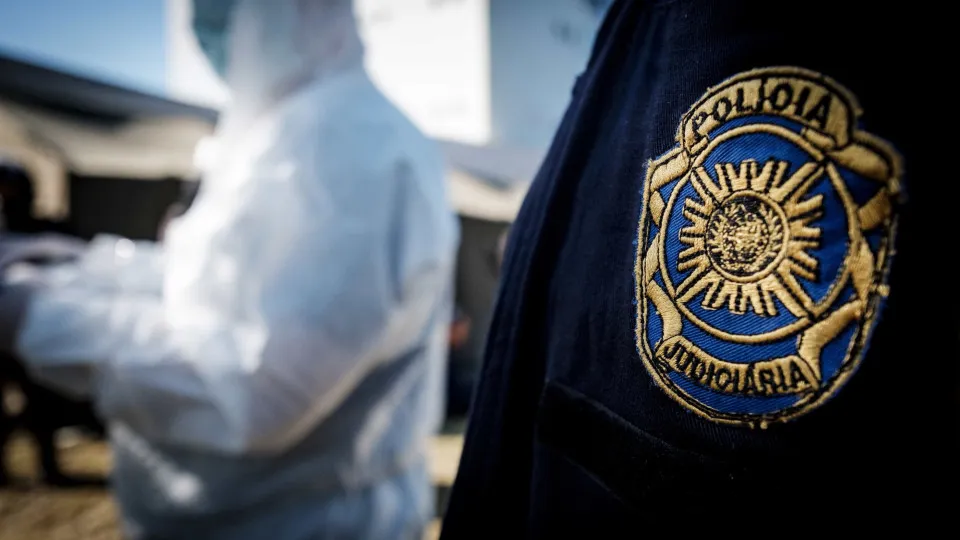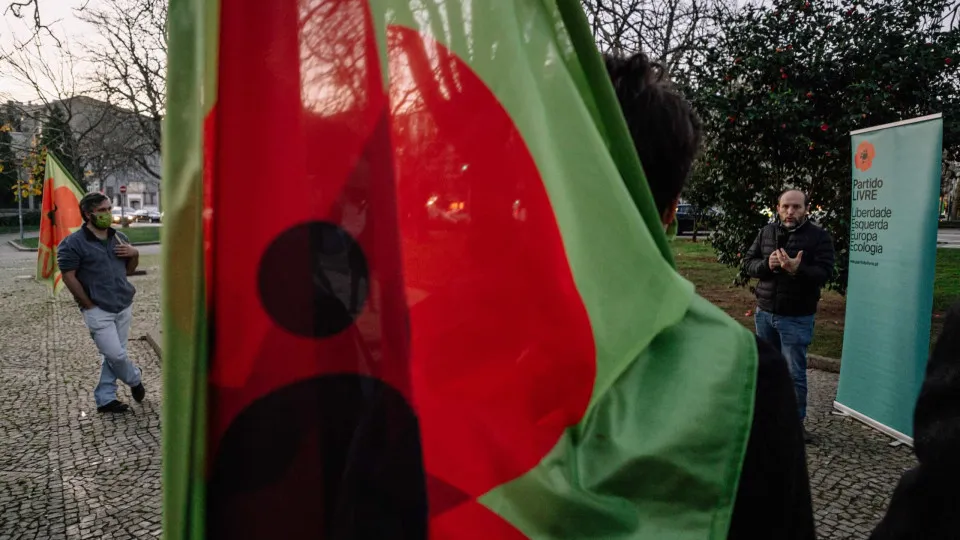
The Zero – Sustainable Earth System Association conducted an estimation of current travel times by public transport, private car, and bicycle between the five most populous parishes of each Lisbon and Porto Metropolitan Area and their respective economic centers.
According to the study, Zero concluded that dedicated corridors “would allow public transport to be faster than cars on the main access routes to Lisbon and Porto.”
The association also highlights the “need to strengthen affordable housing in Lisbon and Porto municipalities, considering the effective public transport network,” and when this is not possible, it argues there should be a “guarantee of effective public transport connections in the remaining municipalities of the metropolitan areas.”
The association also advocates for the creation of Zero Emission Zones (ZZE), with private vehicle traffic “heavily conditioned,” alongside the electrification of public transport routes and increased frequency.
The study was conducted as part of the European Mobility Week, ongoing since September 16, and estimated current travel times between the five most populous parishes of each Metropolitan Area (AM) of Lisbon and Porto and their respective economic centers — Saldanha in Lisbon and Casa da Música/Boavista in Porto.
The total of the five parishes analyzed in each of the metropolitan areas (Algueirão/Mem Martins, Odivelas, Cascais/Estoril, São Domingos de Rana, and Oeiras/Paço de Arcos/Caxias in AML and Matosinhos and Leça da Palmeira, Senhora da Hora and São Mamede Infesta, Mafamude and Vilar Paraíso, Rio Tinto and Gondomar/Valbom and Jovim in AMP) concentrate between 10% to 15% of their population, according to the environmental association.
Results from Zero show that during morning rush hours (between 06:00 and 9:00), in most of the evaluated routes, cars have “shorter travel times, and public transport requires more than one transfer, which significantly reduces the attractiveness of collective modes.”
“The creation of exclusive bus lanes in the metropolitan networks of expressways and highways extending to the economic centers of the municipalities of Lisbon and Porto where they should have signal priority allows for the operation of express services and makes regular public transport faster than cars during peak hours, especially in key radial connections,” explains Zero.
In Lisbon, results indicate that public transport remains slower than traveling by private car, especially for municipalities located along the Cascais Line, requiring on average about three transfers.
In the Lisbon Metropolitan Area, Zero emphasizes the fact that three of the five most populous parishes are in the municipalities of Cascais and Oeiras, between the Cascais Line and the A5.
In these parishes, travel time by private car is “almost half the travel time by public transport, so there is a top priority to create a dedicated lane for metropolitan buses on the A5 that can extend and have stops at interfaces within the city of Lisbon such as Amoreiras, Marquês de Pombal, Saldanha, Entrecampos, and Campo Grande.”
On the IC19 (linking Sintra to Lisbon) to Campo Grande via the Second Circular, the rapid creation of an exclusive corridor for metropolitan buses is justified, considering “the distance from densely populated parts of the Sintra Line and as a way to provide alternatives to the overcrowding of the rail service,” says Zero.
“These corridors, designed with optimized stops, are backed by evidence that the combination of signal priority with the reduction of the number of stops can shorten bus travel times in the network by 20% to 40%,” it notes.
In the Porto Metropolitan Area, the study reveals that the bicycle is, on many analyzed routes, “faster than the private car when the time needed for parking and walking to the destination is included.”
Zero highlights, therefore, the great potential of the bicycle as a relevant means of transport between Matosinhos/Leça da Palmeira, Senhora da Hora/São Mamede de Infesta, and Mafamude/Vilar do Paraíso and the center of Porto, pointing out that a bike-sharing system integrated with the intermodal pass should be created, along with the development of a network of bike paths on high-traffic routes.
Zero also advocates with “very high priority” for the establishment of an exclusive corridor for metropolitan buses that “includes the A43, the A20, and exit at the Francos junction, as travel times by public transport between the geographical center of the parish of Gondomar, Valbom, and Jovim and Casa da Música are up to double the travel times by private car.”




